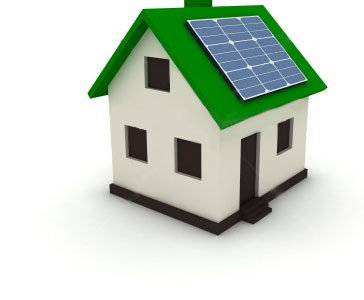Cut Home Energy Waste by $50 per Month
Cut Home Energy Waste by $50 per Month at Age 50, Bank an Extra $17,343 by 75
National Public Radio graphed data from this paper (PDF) by Princeton economist Mark Aguiar and University of Chicago economist Erik Hurst. The report analyzes non-durable household expenses by age, highlighting home utility expenses and home ownership expenses as the biggest cost households face after about age fifty. This data identifies the utility expense as a key driver to optimize home performance as they reach middle-age. A basic $3800 insulation, duct sealing, and air sealing job can reduce monthly energy costs by $50/month and often return the cost of improvements in 3-5 years.
For example, a home performance upgrade at age 50, with a 5-year improvement cost pay off, the $50 monthly saving will accrue to $17,343 by age 75. Home performance upgrade work scope, costs and savings will vary by home size and age. Comprehensive home upgrades with new heating and cooling systems can cost $15,000 and will save more with payback range of 5-10 years. However, the higher your utility bills during winter and summer, the more you can save. AlabamaWISE offers low-interest rate loans for work completed by participating contractors. Utility customers can also take advantage of applicable rebates and free energy assessments where available.
The most important factor in capturing energy savings is hiring a certified home performance contractor to evaluate where your home is wasting energy with a Home Performance Assessment, then recommend and install the most cost-effective measures. The AlabamaWISE Home Performance with Energy Star program works on behalf of the homeowner to verify contractor quality and homeowner satisfaction. AlabamaWISE, is a non-profit program of Nexus Energy Center in partnership with ADECA and Dept. of Energy to empower homeowners to take control of energy costs while growing the market for home energy efficiency. The calculation reflects the minimum $3800 job cost to save $600 annually, with 7% improvement financing, and 3.5% interest on accrued monthly savings.



Comments are closed.